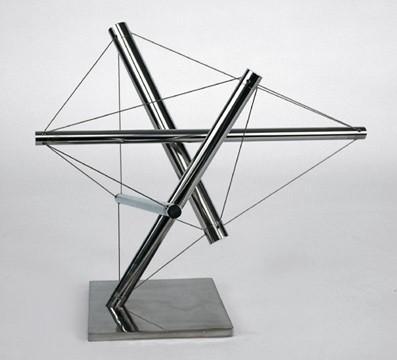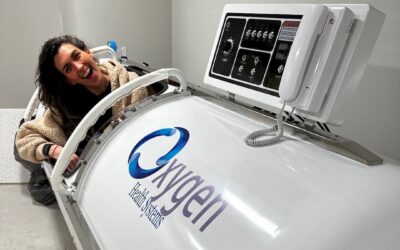Ten•seg•ri•ty (ten-seg’ri-tē) is a concept of muscular-skeletal relationships based on the work of architect Buckminster Fuller. It refers to the forces of tension (provided by muscles, tendons, ligaments, and fascia) pulling on structure (bones and joints) that help keep the body both stable and efficient in mass and movement.
When the concept of tensegrity is applied to the human body it helps explain what happens to the physical communication between the muscles and ligaments and the bones of the spine, pelvis and limb joints.
When the body is at optimal health, it is in balance. This balance exists between the mind and the body as well as within the body itself. The perfect body alignment relies on integral stability of the skeletal structures and the ligaments often hold the key to this stability. Ligaments are fibrous bands that strap across skeleton joints and across transitional regions where one major region connects to the other, as in the lower back connecting to the pelvis and the pelvis connecting to the hip and leg. The ligaments keep the extremes of motion across these regions in check. When the ligaments are healthy, their bracing support allows the muscles to function with more subtlety, relaxing when needed and contracting when necessary to provide the amazing combination of strength and flexibility that separates us humans from our ancestors. This allows the human body to move in multiple directions while remaining inherently stable. Gary Gray, who is considered by many in the physical medicine and rehabilitation world the father of function, described this concept as “mo-stability”, motion with stability.
The ligaments undergo the same wear and tear as the muscles and joints of the body, but have been woefully ignored as a cause of reduced function after an injury or simply from aging. In fact, the loss of ligament stability results in the loss of tensegrity. The perfect balance of the bony spine and limb is disrupted creating instability during motion. This instability is perceived by the nervous system that reacts by causing the muscles that typically switch from relaxation to contraction and back, to contract continuously. The muscle tension compensates for some loss of stability but inefficiently and at great cost. The blood flow to the muscles is reduced. Lack of blood flow reduces oxygen and nutrient supply and impairs healing. As a result the muscles that are always forced to contract start to break down. This break down is seen and described as tendinosis. Tendinosis can manifest itself through out the body and can be a cause of a multitude of problems such as chronic and recurrent bursitis, tension headaches, neck, low back, and hip pain, just to name a few.
Because the ligament break down is not typically recognized as the source of the problem, health care providers that treat joint, muscle, and peripheral nerve disorders wind up treating the symptoms and not the cause. Muscle trigger points, tendon and bursa, and spine and joints are injected with anesthetics and steroids hundreds of times with inconsistent and short-lived improvement. Physical therapy is administered and frequently provides unsatisfactory results. Massage and chiropractic treatments offer only short-term relief.
So what is the answer? Enter prolotherapy: a simple and elegant solution to the loss of ligament based stability. The term originated with George S. Hackett, M.D. in 1956, as “The rehabilitation of an incompetent structure by the generation of new cellular tissue”. Dr Hackett started to use irritating solutions to generate repair. In 1955, Gustav Anders Hemwall became acquainted with George Hackett at an American Medical Association meeting and started practicing prolotherapy. Prolotherapy as we know it, uses a variety of solutions to stimulate repair, but the key solution most commonly used utilizes high concentration dextrose ( sugar).
Dextrose solution creates a small focus of injury that triggers a healing cascade. Often a series of three to four injections performed every six weeks restores much of the ligament’s resilience. Improvement of the ligamentous support restores tensegrity. Muscles can now be more effectively strengthened and the overall stability and quality of motion can be restored with the help of rehabilitative services such physical therapy, chiropractic mobilization, and massage. The body can finally get it’s mo-stability back!




